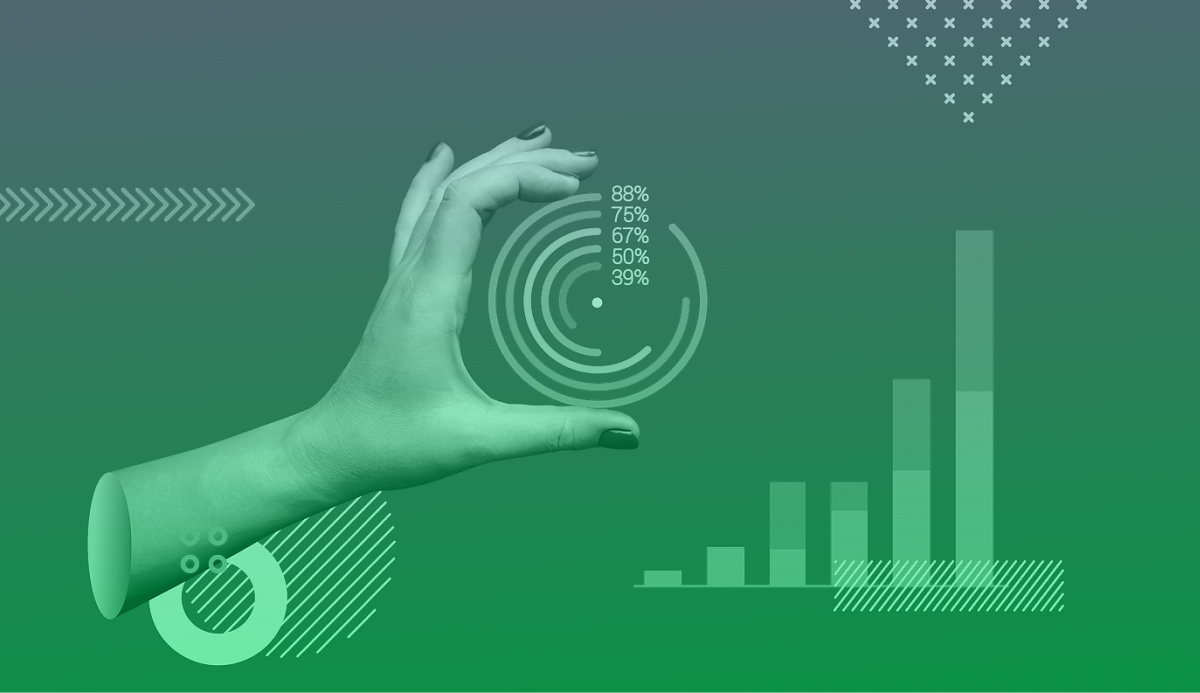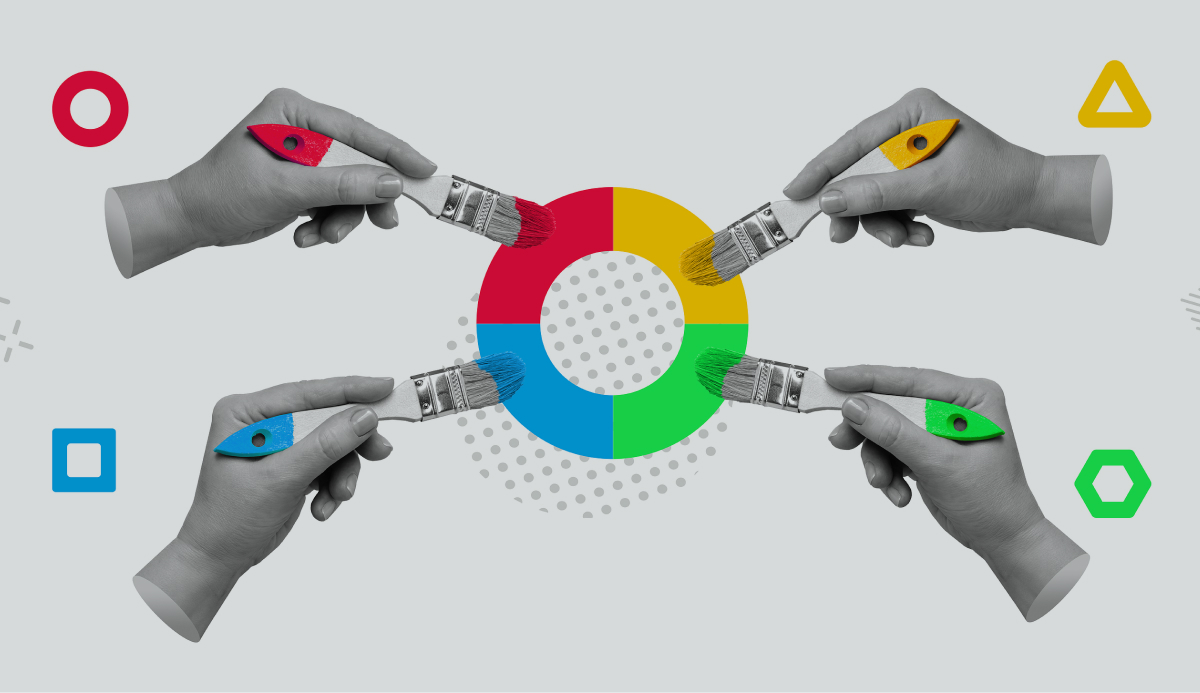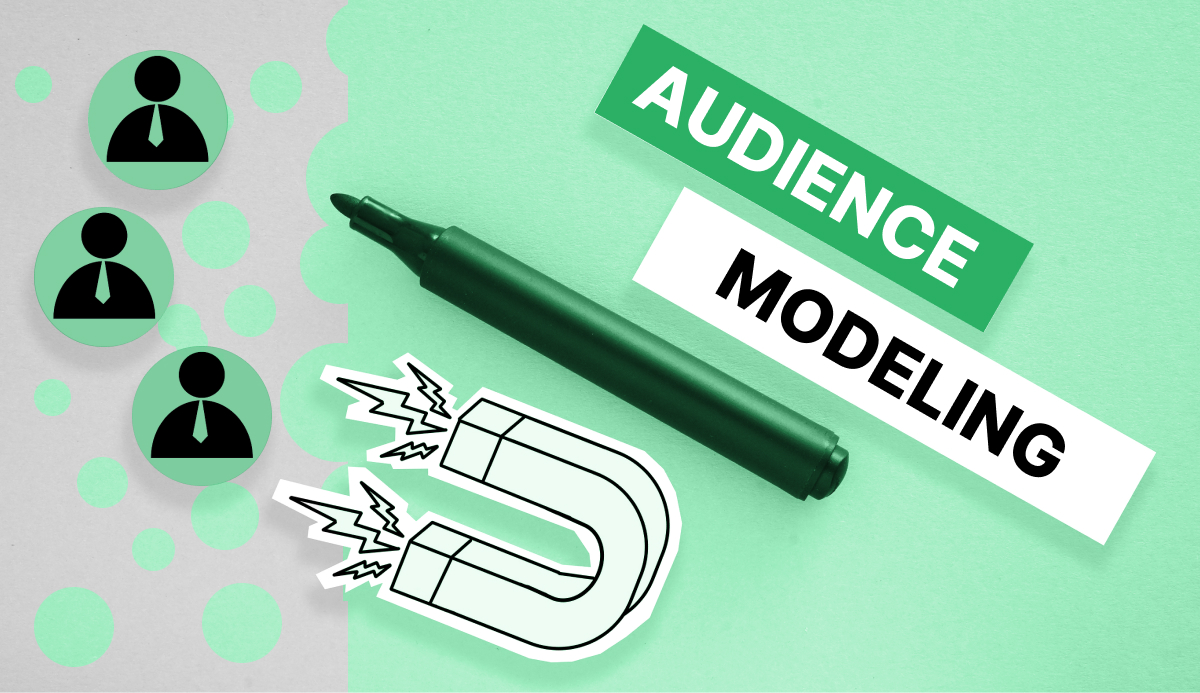
Want your marketing and communication initiatives to be effective? It’s highly unlikely you said no. The key to making those initiatives effective is knowing and understanding your audience, and the fastest path to understanding your audience is audience modeling. In this post, we’re going to break down different methods of audience modeling and what you need to know about each of them. We’ll also take a brief look at best practices for audience modeling and give you some tips for evaluating the accuracy of the various models.
A Quick Overview of Audience Modeling
To truly grasp the various methods of audience modeling, let's start with the basics, just in case you're new to this concept. At its core, audience modeling is all about getting up close and personal with your target audience so you can shape your marketing and communication strategies in the most effective way possible.
It's like diving into a treasure trove of data from different sources and variables, like demographics, psychographics, and behaviors, to categorize and segment your audience. By applying statistical methods, analytics tools, and modeling approaches, you gain priceless insights into your audience's unique characteristics, motivations, preferences, and actions. Armed with this knowledge, you can craft personalized messages that hit home and connect with the right people in the most impactful way. Simply put, audience modeling is your key to understanding your audience better, allowing you to create marketing strategies that truly strike a chord.
The three most popular types of audience modeling are:
- Demographic-Based Audience Modeling
- Psychographic-Based Audience Modeling, and
- Behavioral-Based Audience Modeling.
Demographic-Based Audience Modeling

Demographic-based audience modeling is all about digging into demographic data to get a clear picture of your audience's characteristics and preferences. It zooms in on factors like:
- age
- gender
- income
- education
- location, and
- other measurable qualities.
Why is this data so important? Well, it gives you valuable insights into the makeup of your audience, helping you fine-tune your marketing strategies and craft messages that hit the bullseye. By understanding the demographic composition of your audience, you can tailor your efforts to connect with them on a deeper level.
Data Sources and Variables for Demographic-Based Audience Modeling
There are several types of data used in the demographic based audience modeling method. These include:
- age distribution
- gender ratios
- income levels
- educational backgrounds
- occupation, and
- geographic location.
Common sources for collecting demographic data include market research data, online analytics, and social media platforms that provide demographic insights.
Techniques and Tools Used in Analyzing Demographic Data
Data segmentation, clustering, regression analysis, and correlation analysis help us dive deep into the data and uncover valuable insights. Statistical software packages like SPSS, R, and Python bring their magic to the table, helping us crunch the numbers and unravel the patterns. On top of that, we have data visualization tools like Tableau or Power BI, which turn those numbers into captivating visuals that help us interpret the data and make informed, data-driven decisions. It's like having a team of experts by our side, guiding us through the world of demographic-based audience modeling.
Psychographic-Based Audience Modeling

Psychographic-based audience modeling involves analyzing psychographic data to understand audience motivations, preferences, and attitudes. It goes beyond demographics and explores an individual’s:
- values
- interests
- lifestyles
- opinions, and
- personality traits.
Data Sources and Variables for Psychographic-Based Audience Modeling
Various types of psychographic data are used in audience modeling, including:
- interests
- hobbies
- values
- opinions
- lifestyle choices
- personality traits, and
- attitudes towards specific topics or brands.
Psychographic data is often collected through interviews, focus groups, social media monitoring, and online behavior tracking. This data is then analyzed to identify patterns and create audience segments based on shared psychographic characteristics.
Techniques and Tools Used in Analyzing Psychographic Data
Clustering analysis, factor analysis, and latent class modeling are just a few of the techniques used to group individuals with similar psychographic profiles together. Techniques like these make it easier for businesses just like yours to tailor their messaging and create personalized marketing strategies that genuinely resonate with their target audience.
To streamline this process, software tools like Wodwo provide dedicated functionalities for psychographic-based audience modeling, data analysis, and segmentation. These tools are designed to make psychographic analysis more accessible and efficient for businesses.
Social media analytics platforms such as Brandwatch or Sprout Social offer valuable insights into audience interests and preferences based on their online behavior. Leveraging these platforms enables businesses to gain a deeper understanding of their audience and strengthen connections.
With the aid of these tools, businesses can navigate the realm of psychographic-based audience modeling with confidence, forging meaningful connections and fostering engagement with their target audience.
Behavioral-Based Audience Modeling

Behavioral-based audience modeling is all about unraveling the actions, interactions, and engagement of your audience by delving into their behavioral data. It's like peeking behind the curtain to understand:
- their preferences
- purchase history
- online activities, and
- how they respond to your marketing efforts.
Data Sources and Variables for Behavioral-Based Audience Modeling
There’s a treasure trove of behavioral data at our fingertips such as:
- point-of-sale information
- purchase history
- website interactions
- click-through rates
- content consumption patterns
- email engagement
- social media interactions, and
- app usage.
How do we get our hands on all this juicy data? We collect it through various channels like website analytics, transaction records, customer relationship management (CRM) systems, tracking pixels, cookies, and user activity monitoring. But that's not all—when analyzing this data, we need to keep a keen eye on some important variables. Think about factors like how often people interact, how recently they engaged, how long they stick around, their browsing patterns, and how they respond to specific marketing strategies. By paying attention to these variables, we unlock deeper insights into our audience's behaviors, preferences, and reactions to our marketing efforts.
Techniques and Tools Used in Analyzing Behavioral Data
Analytical approaches for understanding audience behavior include:
- segmentation analysis
- RFM (Recency, Frequency, Monetary) modeling
- customer journey mapping
- cohort analysis, and
- predictive modeling.
These techniques are essential in unraveling behavioral patterns, segmenting audiences, and predicting future actions. When it comes to behavioral-based audience modeling, we have a range of tools and technologies at our disposal. Web analytics platforms like Google Analytics provide valuable insights into user behavior, while customer analytics software such as Adobe Analytics or Mixpanel help us delve into customer data. CRM systems like Salesforce track and analyze customer behavior across touchpoints, and marketing automation tools like HubSpot or Marketo enable personalized and optimized campaigns. Machine learning and predictive modeling techniques further enhance our understanding of audience behavior. These tools are our trusted allies, empowering us to engage meaningfully with our audience.
Hybrid Approaches to Audience Modeling
Hybrid audience modeling takes audience understanding to a whole new level by integrating multiple data sources and methods. It's like weaving together a rich tapestry of demographic, psychographic, and behavioral data to gain a comprehensive understanding of the target audience.
By combining these different approaches, businesses unlock a more nuanced and detailed view of their audience, leading to more effective strategies. Demographic data lays the foundation by revealing audience composition, while psychographic data provides insights into motivations and preferences.
And let's not forget behavioral data, which unveils the real actions and interactions of the audience. When these data types come together, businesses can craft targeted and personalized marketing strategies that hit the bullseye.
Successful hybrid audience modeling strategies often involve using demographic data for initial segmentation and then refining the segments based on the valuable insights gleaned from psychographic and behavioral data.
The ideal software on the market for hybrid audience modeling is Wodwo. With a database of over 2,000 data points, Wodwo creates multidimensional custom models in just an hour. All this data comes together to paint a more complete picture of your audience. Think of it as the pieces of a puzzle coming together. With every piece you reveal a more clear and detailed understanding of who your customers are and how to connect with them effectively.
Using hybrid modeling with Wodwo enables you to make more informed decisions. In turn, you can optimize your marketing strategies, and drive meaningful connections with your audience. Your customers will feel seen and heard thanks to more tailored messages and relevant offerings. It’s the key to a personalized experience that helps your customers feel you’re speaking directly to them - because you are!
Advanced Modeling Techniques - (i.e. Machine learning and predictive modeling in audience segmentation)
Hybrid audience modeling combines machine learning and predictive modeling for powerful insights. Machine learning algorithms uncover patterns in vast datasets, while predictive modeling forecasts future behaviors. These techniques enhance audience segmentation accuracy, helping businesses anticipate customer needs.
Innovations in hybrid audience modeling include AI and NLP integration for sentiment analysis, recommendations, and real-time personalization. These advancements push the boundaries of audience modeling, empowering businesses in a dynamic market. With these tools, companies can seize unprecedented opportunities for growth and success.
Audience Modeling Considerations and Best Practices
Data Privacy and Ethical Considerations
Regardless of the audience modeling method you choose to use, businesses need to prioritize data privacy and comply with privacy regulations. This entails obtaining consent for data collection, securely storing and handling data, and being transparent about its usage. Ethical considerations involve using audience data responsibly, respecting individuals' rights and privacy. It's vital to handle data in a manner that builds trust with customers and avoids any unethical or discriminatory practices.
Evaluating Model Accuracy
To ensure the accuracy of audience models, it's important to evaluate and adjust them as needed. This can be done by comparing model predictions with actual outcomes, conducting A/B testing, and measuring performance metrics like precision, recall, or accuracy rates. Regularly monitoring the models helps identify any shifts in audience behavior or preferences and keeps them up to date. Prioritizing data privacy, ethics, and accuracy evaluation in audience modeling helps you build trust, deliver personalized experiences, and make informed decisions that effectively engage their target audience.
Where to Go From Here
Understanding your audience is key to effective marketing, and audience modeling provides valuable insights into their characteristics, motivations, preferences, and behaviors. By using methods like demographic-based, psychographic-based, and behavioral-based modeling, businesses gain a deeper understanding of their target audience. Demographic data helps segment the audience, psychographic data reveals motivations and preferences, and behavioral data uncovers actual actions and interactions. Combining these methods in hybrid approaches provides a more detailed view. Advanced techniques like machine learning and predictive modeling further enhance accuracy.
Just don’t forget to prioritize data privacy and ethical practices when handling audience data. Evaluating model accuracy and monitoring performance over time ensure their effectiveness. Ultimately, selecting the right methods for audience modeling based on specific goals and objectives is crucial for delivering personalized experiences and achieving marketing success.
Take a deep dive into audience modeling for your business with Wodwo. Click here to learn about our AI-powered platform and how to create custom model audiences based on the actual buying behaviors of your customers.









